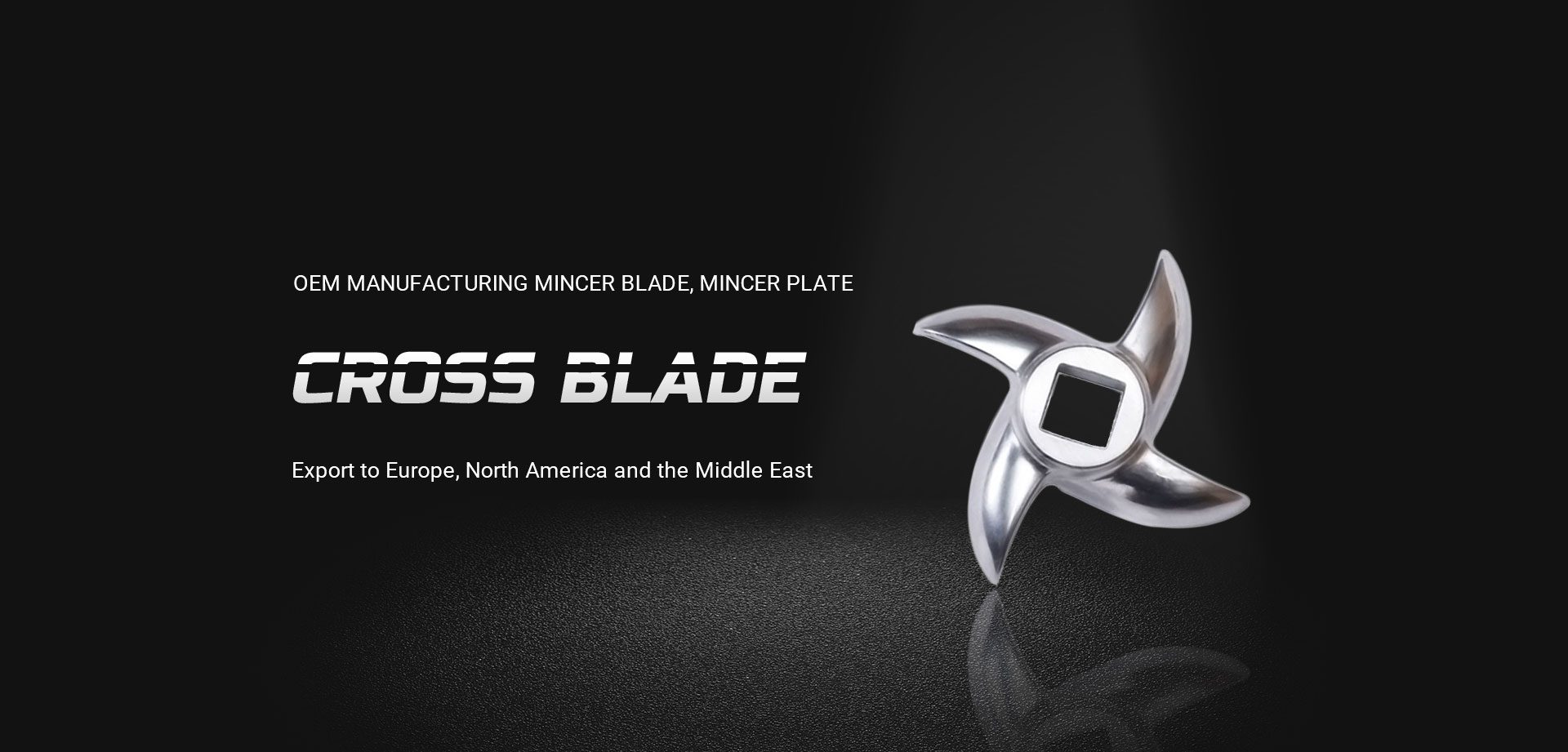In order to extend the life of the tool or improve its […]
In order to extend the life of the tool or improve its working efficiency, it is particularly important to improve the surface friction conditions. Therefore, more and more applications of high-efficiency cutting materials have emerged. The cvd thin coating and pvd coating have greatly improved the performance of the tool surface, and this effect is far from being exhausted until now. Using modern analysis technology, the microstructure of the tool surface can be clearly observed, and it can better optimize. The surface structure of the tool is achieved through a predetermined process program, and now the functional design can be performed according to the optimized tool performance.
The most commonly used surface modification treatment method is the surface coating of the material. Through the combination of carbides, nitrides and oxides of high-hardness metals, the performance of individual compounds can be adjusted, especially in terms of the ability to improve abrasion resistance, oxidation wear, diffusion wear and bond wear. Of course, introducing other materials into the surface (such as through the injection method) can also have a lasting effect on the surface properties of the material.
In addition to mechanical bite, the adhesion mechanism between chips and tools is mainly represented by friction. Through a material modification treatment method-depositing a soft coating on the tool surface-one can effectively improve the friction performance.
In addition, the surface morphology can be modified, such as by polishing or purposely roughening (in order to form a lubricating oil groove). Polishing is a traditional method to reduce friction by mechanical means, especially for cutting tools without adding lubricant to the cutting area. Polishing is an effective method to reduce friction in most cases.
Periodic surface structures can be formed by polishing. Structural elements of a certain shape can also be obtained by lithography or laser. Compared with sheet metal processing, these methods are currently not common in cutting. A theoretical basis of this method is that microstructuring can reduce the heat transfer between chips and tools, and reduce the thermal load of the tool.

Pvd coating polishing. The polishing process belongs to the modification of surface morphology. There are various polishing methods for ground or coated surfaces. In addition to the Troyes polishing method used for high-volume parts, there are the brush method and sand blasting method commonly used in tool production. These methods are not novel and have been used for many years in the production of cutting inserts, such as cauliflower-like surface structures for polishing cvd thick coatings. The polished cutting insert showed very uniform wear after 6 minutes of cutting. The unpolished blades show parallel microscopic cracks, which will cause the wear zone to widen quickly and cause the tool to fail prematurely.
These polishing methods are now often used for PVD coatings. For example, on the surface of a pvd-coated hole machining blade, a structure called "droplet" in the pvdarc method can be seen. These droplets act like stones in the river bed, hindering the process of chip removal, which is particularly disadvantageous in hole processing. If the chips can be removed quickly and with less friction, the contact time between the chips and the tool is reduced, and the heat transfer to the tool is also reduced. The unobstructed chip removal makes the cutting force smaller, and prevents the chip from biting and blocking in the drill bit and milling cutter groove. The quality of polishing depends on the choice of polishing method and the adjustment of process parameters.
The polishing process can extend the life of the tool. Take a twist drill as an example. A measuring instrument developed for final inspection to determine the friction in the chip flute. The reduction in friction is related to the surface condition. The friction coefficient of the polished bit groove is only 25% of the unpolished. The treated drill bit allows higher cutting volume and drilling depth.
Copyright © Fenghua Zhuoyue Metal Products Co., Ltd. Rights Reserved. Support by: HWAQ
Location: No.238,Huimao Road,Jiangkou Street,Fenghua ,Ningbo City ,Zhejiang Provience ,China
Phone: +86 13805834365
Email: [email protected] China Meat Grinder Knifes Manufacturers

